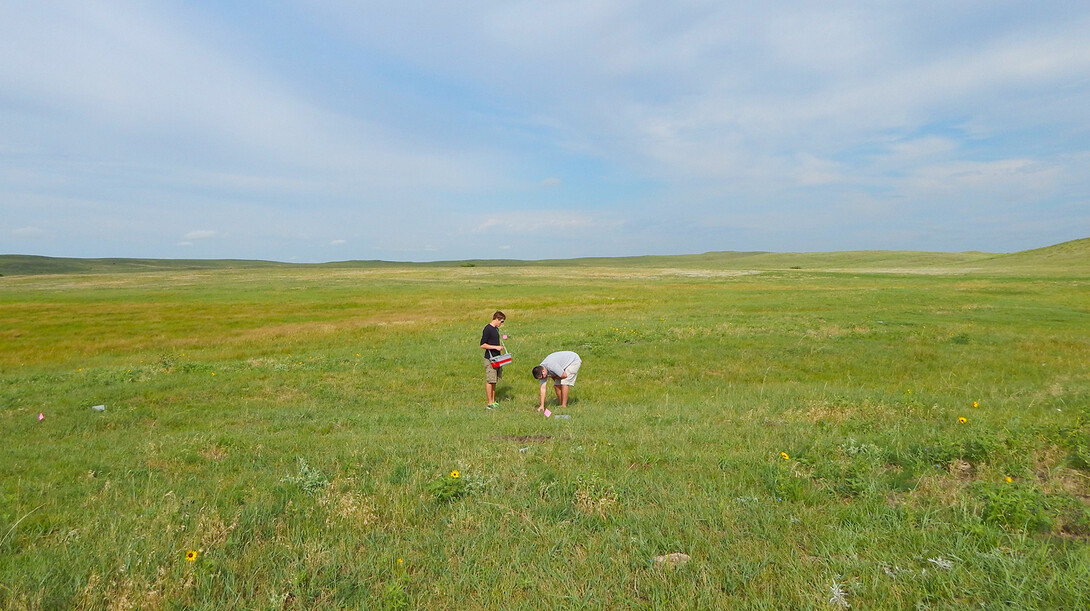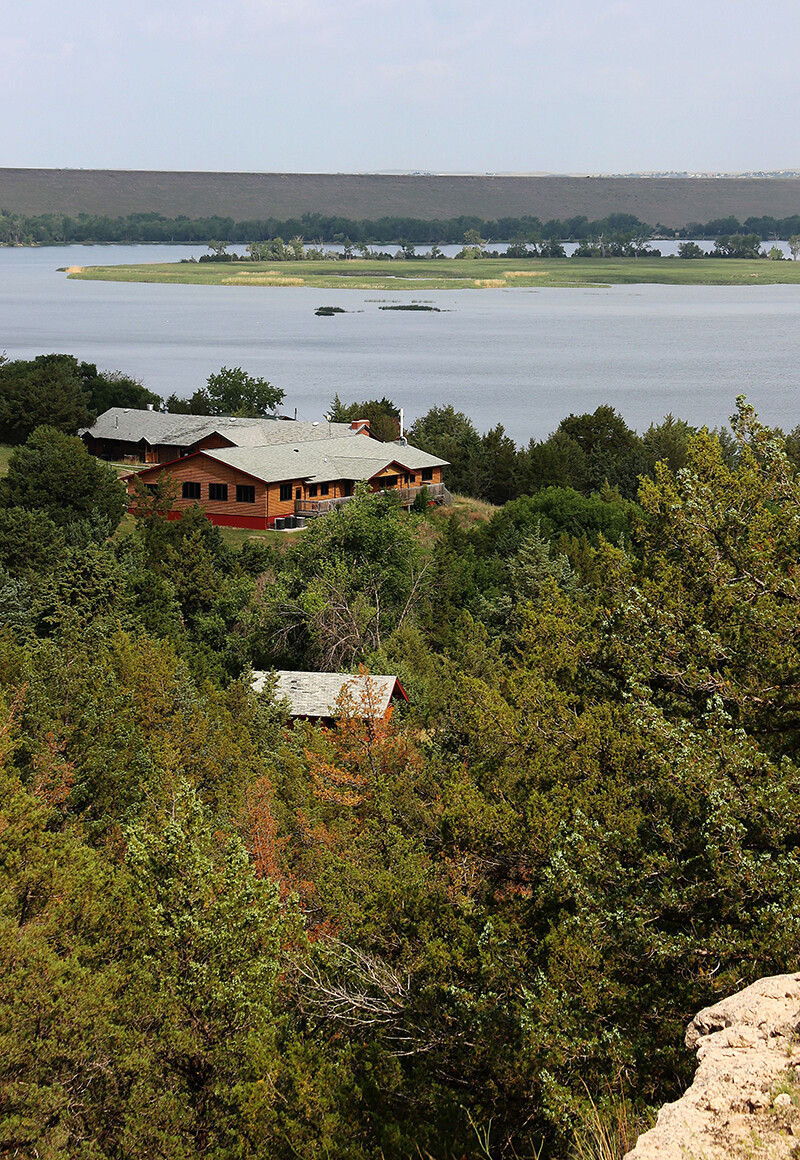
UNL is investing $600,000 to fund immediate improvements and assist with future projects at Cedar Point Biological Station.
The funding — provided by Academic Affairs, Research and Economic Development and the Office of the Chancellor — represents one of UNL’s largest single investments in the 41-year-old field research facility located north of Ogallala.
“This money puts Cedar Point into a very good position,” said Johannes Knops, director of the biological station. “We plan to use it to fund a bunch of deferred maintenance projects and plan facility updates that will result in an improved facility for students, faculty and other visiting researchers.”
Immediate improvements that should be in place for Cedar Point’s summer 2015 session include enhanced wireless coverage, new steel roofs on student cabins and replacement of all station mattresses.
Long-term plans for the money include working with HDR Architects to plan additional building renovations, primarily of classroom space in the Cedar Point Lodge. Other identified projects include extending/repairing sidewalks; installation of a geothermal heating/cooling system; adding solar collectors that could supply up to 80 percent of the station’s electrical needs; and paving/resurfacing of access roads.
“In the long run, many of these improvements will reduce overall maintenance costs at Cedar Point,” said Jon Garbisch, associate director of the biological station. “They will also be high impact projects that will be noticed by our users — which is especially important as our enrollment is trending upward.”
In summer 2014, 128 students took part in 10 courses offered at Cedar Point. That total is Cedar Point’s highest enrollment in 15 years. Garbisch said the program already has 48 applicants for summer 2015.
“Until we start to offer more courses, 120 to 140 students is a reasonable goal,” Garbisch said. “The improvements we make through these funds have the potential to help us expand the class schedule and continue to grow enrollment. Really, this is a huge investment by UNL.”
Cedar Point’s summer 2015 session includes nine courses ranging from biological and life sciences to art. For more information, go to http://cedarpoint.unl.edu.








